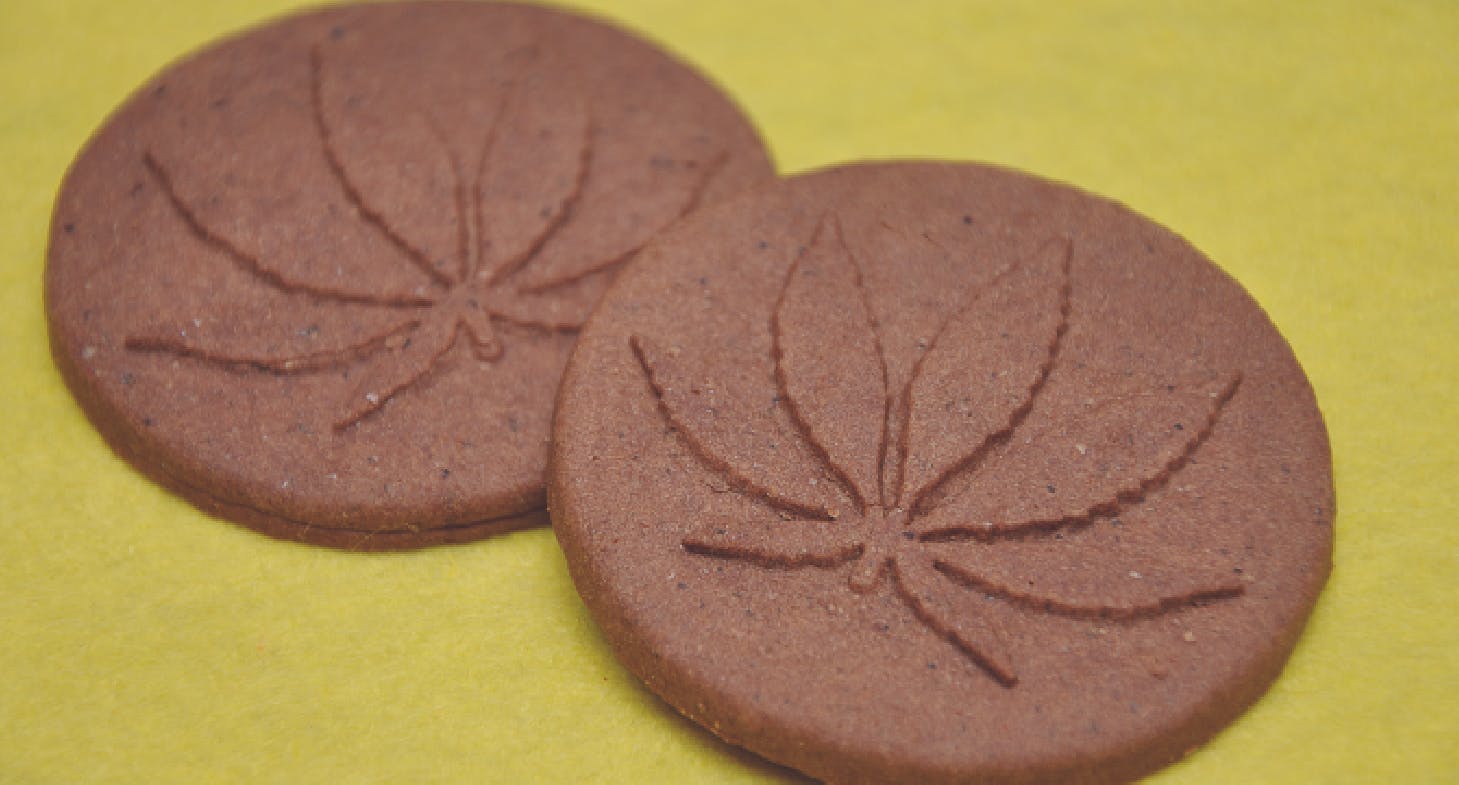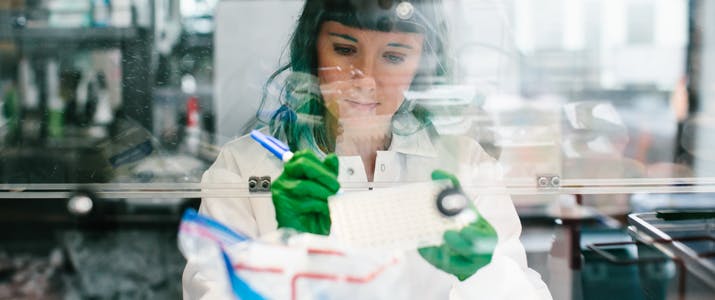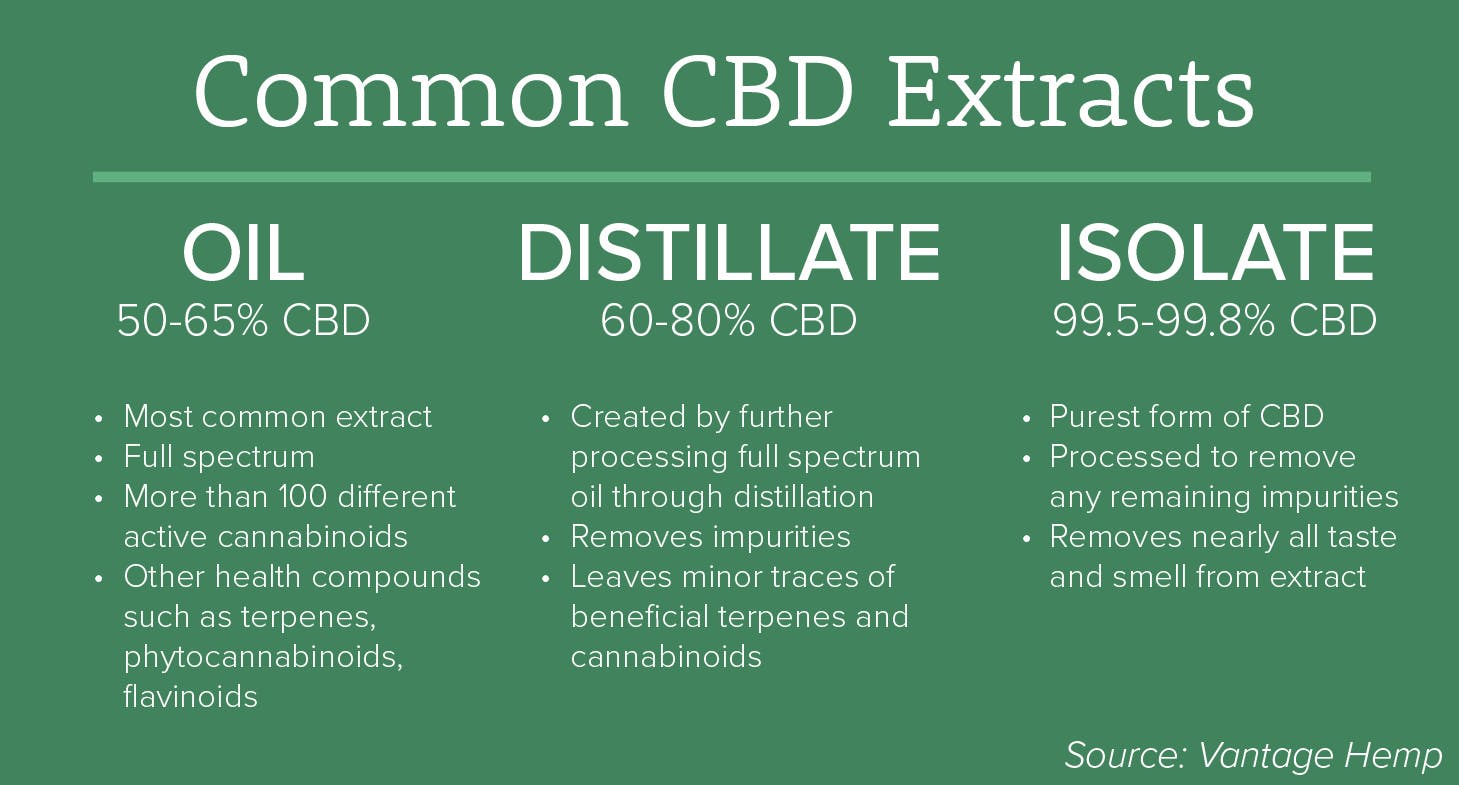
Photo by Kimzy Nanney on Unsplash
Topicals, drinks, and tinctures—oh my
From bath bombs to seltzers, lip balms to dog treats, a dizzying array of products list CBD as an Active Pharmaceutical Ingredient (API). CBD has become as culturally inescapable as Beyoncé or Shakespeare.
In recent years, CBD—also known as cannabidiol, a non-psychoactive chemical found in cannabis and hemp plants—has cemented its place as a key ingredient among the wellness crowd. It’s been touted as a treatment for everything from epileptic seizures and insomnia to pain and inflammation.
With huge health and wellness potential, CBD seems destined for pharma superstardom. But the jury is still out on its medical effectiveness. Usually new medications are developed and led to market by experts in the scientific community. Not so with the curious case of CBD.
More than 180 trials involving CBD are currently active or recruiting, says the National Institutes of Health clinical trials database. More research and scientific backing will help drive the growth of CBD as a widespread staple of health and wellness routines. With the scientific community on the case, the promise of CBD has gained serious traction in a short period of time.
The global CBD market, valued at USD 2.8 billion in 2021, has been driven by new brands and merchants in the pharma, food, and beauty industries racing to capitalize on the health benefits associated with hemp. Perhaps it’s no surprise that verified stable genetics are top of mind all along the hemp supply chain.

A tale of two cookies
At your local dispensary, you pick up two CBD cookies made by the same company. The labels are exactly the same except for the nutritional facts—they contain different amounts of CBD. How can two “identical” products have different amounts of a key ingredient? The answer brings hemp genetics and extraction and refinement processes into the conversation.
Hemp genetics have been shaped by generations of experimentation and breeding. Due to prohibition, however, much of this work has been shrouded in secrecy. Until very recently, hemp’s potential for improvement has remained a mystery.
It’s not rocket science, but it is science
Within the last 100 years, agriculture has been launched into the modern age with genomic tools. Unfortunately hemp remains nearly a century behind other modern crops like corn and soybeans. It simply lacks basic agronomic traits such as uniformity, disease and pest resistance, and adaptation for regional environments.
Any successful breeding program needs a deep understanding of Cannabis sativa phenotypes, chemotypes, and genotypes. When it comes to genetics specifically, we now have powerful technologies that allow us to understand a variety’s genetic makeup. Leading science-based R&D companies have begun stabilizing genetic lines, and we’re starting to see commercially available hemp varieties with historically low levels of genetic variation.

The processor’s plight
When it comes to CBD extractions, hemp processors have it hard. No two customers want the same thing. One may want an enhanced minor cannabinoid profile. Another may need a few minor cannabinoids at a defined level. Never mind the European market that requires remediated CBD distillate—meaning virtually all THC has been removed—to meet the more austere non-detect standards of some European countries, such as the UK’s rule of no THC at 0.01% as verified by an accredited lab. Contrast that with the U.S. compliance standard of 0.3% total THC, keeping in mind that sampling methods and testing tolerances vary by state.
Processors are well aware of the critical link between genetic consistency and processing. With increasing demand for enhanced minor cannabinoid profiles, processors are hungry for genetically stable varieties with defined, or repeatable, cannabinoid profiles.
The quest for genetic consistency
CBD isolate is a one-size-fits-all approach to consumer CBD products. While it would be convenient to standardize hemp extracts, processors will never escape the laundry list of variables that come with any agricultural product, including where and how it’s grown. With so many varieties—and often wild heterogeneity within a variety—it’s not possible to say, for example, that a processor will get the same distillate from the same grower's crop of Northern Lights every year.
It’s a bit like wine: so much depends on the grapes, the main difference being the type of grape. Even then, Merlot grapes grown in Napa Valley will produce a very different wine than the same grapes grown in Tuscany. The same applies to hemp varieties. One problem is the sheer number of wildly different hemp varieties. But even the same genetically stable hemp variety grown across Oregon can vary.
As the minor cannabinoid profile of starting material becomes increasingly critical, so does the genetic stability of the starting material. The goal is reliable genetics that produce the same product year after year. Hemp just isn’t there yet. But we could soon be within reach if science-based R&D hemp breeding programs continue to improve the genetics of the wonderkid crop.

Common CBD Extracts
Source: Vantage Hemp
OIL: 50-65% CBD • Most common extract • Full spectrum • More than 100 different active cannabinoids • Other health compounds such as terpenes, phytocannabinoids, flavinoids
DISTILLATE: 60-80% CBD • Created by further processing full spectrum oil through distillation • Removes impurities • Leaves minor traces of beneficial terpenes and cannabinoids
ISOLATE: 99.5-99.8% CBD • Purest form of CBD • Processed to remove any remaining impurities • Removes nearly all taste and smell from extract
A tale of two futures
Processors who offer API-compliant extracts rely on CBD isolate. The process is straightforward: you pull the CBD out of the plant and end up with a product that’s 95 percent (or greater) purity. No THC, no terpenes, just pure CBD every time. It’s easy, and cheap, when you only have to meet one standard.
It gets trickier when you start taking steps backwards in terms of purity. With distillate, your starting material begins to affect your bioproduct, making it more difficult to deliver a consistent CBD extract at any kind of scale.
The industry looks to be approaching a fork in the road. One path leads to a healthy industry where CBD distillate supports the various needs of buyers producing a range of beverages, foods, and cosmetics. The other leads to the bad future where cheap and easy CBD isolate is the rule.
The bad future
Let’s recap. Just about all commercially available hemp varieties still have wobbly genetics. Add to that the regulatory fog that empowers fly-by-night suppliers and processors. If CBD isolate becomes the standard extract produced for big brands, CBD will become nothing but a commodity. Patients and consumers stand to lose the most for one reason: many consider CBD isolate to be less medically effective than CBD distillate because of “the entourage effect”.
Cannabinoids that stay together play together
Some experts believe in the theory of the entourage effect, which refers to the possibility that cannabinoids and terpenes work together in the overall effect of cannabis and hemp-derived CBD. Though it remains to be scientifically validated, you’d likely have a harder time finding a scientist who doesn’t believe in the entourage effect.
For example, a new study out of Canada shows that hemp may reduce inflammatory ‘storms’ caused by COVID-19. Dr. Igor Kovalchuk, one of the scientists who led the study, says: “As to specific chemicals, our analysis shows that CBD or THC alone do not have the same effect. We strongly believe in the full-spectrum, entourage-based effects.”
Whereas CBD distillate preserves the cannabinoid profile of the plant, CBD isolate wastes the minor cannabinoids altogether.
The good future
If CBD distillate has more overall health benefits, and if there’s increasing demand for enhanced minor cannabinoid profiles, then why don’t all processors focus on producing distillate? Because you can’t get a consistent bioproduct from wobbly genetics.
There are flickers of hope. The growing trend toward single-variety distillate suggests that customers are starting to look for specific cannabinoid profiles in an extract.
Suppose you are a customer who needs a CBD distillate with a defined cannabinoid profile for a CBD cosmetics product. Processors with an ear to the very near future are beginning to bring in batches of biomass to process and store separately. That means they have an inventory of single-variety products they can supply. In this more sensible future, processors can say to buyers: “Here’s what our inventory looks like. What would you like to see?”
Imagine a hemp world where buyers could select material based on their individual needs. Processors could partner with growers to produce particular varieties. Growers could source quality seed based on the needs of their buyer. Consumers wouldn’t be left to sort out the hemp oil from the snake oil. Here comes the good future.
How the hemp was won
It isn’t rocket science, but it is science: genetic consistency will lead to CBD distillate consistency. We need more conversation about how stable genetics translate to more consistent and reliable consumer CBD products.
At Phylos we are unlocking the potential of hemp every day. Join us in our effort to ensure that patients and consumers enjoy the full health and wellness benefits of CBD.
Sources:
- NIH Clinical Center: Search the Studies. (n.d.). Retrieved from https://clinicalstudies.info.nih.gov/
- Grand View Research, “CANNABIDIOL MARKET SIZE SHARE & TRENDS ANALYSIS - Report By Source Type (Hemp, Marijuana), By Distribution Channel (B2B, B2C), By End-use (Medical, Personal Use), By Region, And Segment Forecasts, 2021–2028”.
- CBD Regulation UK Explained – Medic Pro Limited. (n.d.). Retrieved from https://www.medicpro.london/cbd-regulation-laws-uk/
- Federal Register: Establishment of a Domestic Hemp Production Program. (n.d.). Retrieved from https://www.federalregister.gov/documents/2021/01/19/2021-00967/establishment-of-a-domestic-hemp-production-program
- Vantage Hemp: Hemp CBD Products - Leading Supplier of CBD Extracts. (n.d.). Retrieved from https://vantagehemp.com/
- Kovalchuk A, Wang B, Li D, Rodriguez-Juarez R, Ilnytskyy S, Kovalchuk I, Kovalchuk O, . Fighting the storm: could novel anti-TNFα and anti-IL-6 C. sativa cultivars tame cytokine storm in COVID-19?. Aging (Albany NY). 2021; 13:1571-1590. https://doi.org/10.18632/aging.202500